 Growing up in Goldsboro, North Carolina, George Altman knew early that he wanted to accomplish more in life than he could in the tobacco fields and factories of his hometown, and he used sports to do it. At 6-foot-4 and 200 pounds, Mr. Altman was an imposing figure on the basketball court and baseball fields. He attended Tennessee State University (then known as Tennessee A&I College) in Nashville out of high school, focused on cultivating his interest in business-related subjects and playing basketball only because the college didn’t field a baseball team at that time. When the school added baseball in Mr. Altman’s junior year, his athletics career took a turn.
Growing up in Goldsboro, North Carolina, George Altman knew early that he wanted to accomplish more in life than he could in the tobacco fields and factories of his hometown, and he used sports to do it. At 6-foot-4 and 200 pounds, Mr. Altman was an imposing figure on the basketball court and baseball fields. He attended Tennessee State University (then known as Tennessee A&I College) in Nashville out of high school, focused on cultivating his interest in business-related subjects and playing basketball only because the college didn’t field a baseball team at that time. When the school added baseball in Mr. Altman’s junior year, his athletics career took a turn.
Mr. Altman became a major league baseball player after college, fashioning a nine-year pro career with the Cubs, Cardinals and Mets as an outfielder and first baseman. He was a three-time All-Star and a career .269 hitter with 101 HRs, 403 RBI, 409 runs scored and 52 stolen bases. He increased those numbers playing professional baseball in Japan until the age of 42.
Black College Nines feature writer Douglas Malan visited with Mr. Altman on May 2, 2019. The following is the full transcript of Mr. Altman’s interview, edited slightly for clarification.
How did you end up at Tennessee State after growing up in North Carolina?
The athletic director and head football coach at Tennessee State was Henry Arthur Kean. One of the servicemen in Goldsboro where we have an Air Force base had played football under Kean. Wilson was his name. We called him Buttermilk. He was very active in our high school athletics as an assistant coach. He recommended me to Tennessee State.
Were you actively looking for a college to attend?
I was interested, definitely, because I didn’t want to be in those tobacco fields anymore. That’s hard work. I started getting serious in class during my sophomore year of high school because I wanted to go to college. Working in factories and all that, I didn’t want to be doing that the rest of my life. I was also thinking of North Carolina State at the time.
There at Tennessee State you interacted with two iconic coaches in Henry Arthur Kean and future basketball Hall of Famer John McLendon.
 Oh yeah, definitely. Coach McLendon didn’t come until my junior year. We had two years of Clarence Cash, out of Chicago. He won two (NAIA district) championships, but they let him go because he wasn’t winning as much as he should have, I guess. He was a good coach. He was the opposite of McLendon. We played a more controlled, slower style under Cash. McLendon was a racehorse. We were in a lot better shape with McLendon, that’s for sure. He used to run us three miles a day before practice. It paid off.
Oh yeah, definitely. Coach McLendon didn’t come until my junior year. We had two years of Clarence Cash, out of Chicago. He won two (NAIA district) championships, but they let him go because he wasn’t winning as much as he should have, I guess. He was a good coach. He was the opposite of McLendon. We played a more controlled, slower style under Cash. McLendon was a racehorse. We were in a lot better shape with McLendon, that’s for sure. He used to run us three miles a day before practice. It paid off.
Did you play any baseball on the side before Tennessee State’s baseball program was reactivated?
 Not really. I just forgot about baseball. Those were two years just wasted in terms of development. Then they started a team at Tennessee State my junior year. We had a good baseball team. We had Fred Valentine (Washington Senators and Baltimore Orioles). Leon Jamison was an end on the football team and he had a better swing than both of us. (laughing) He could’ve made the major leagues, but he had a bad knee from football, I guess. We had Nate Smith, too. He signed with the Dodgers (and played five games for the Baltimore Orioles in 1962). Our seasons were short at Tennessee State, maybe 10 games a year. We had a lot of rainouts and tornado-outs and all that kind of stuff.
Not really. I just forgot about baseball. Those were two years just wasted in terms of development. Then they started a team at Tennessee State my junior year. We had a good baseball team. We had Fred Valentine (Washington Senators and Baltimore Orioles). Leon Jamison was an end on the football team and he had a better swing than both of us. (laughing) He could’ve made the major leagues, but he had a bad knee from football, I guess. We had Nate Smith, too. He signed with the Dodgers (and played five games for the Baltimore Orioles in 1962). Our seasons were short at Tennessee State, maybe 10 games a year. We had a lot of rainouts and tornado-outs and all that kind of stuff.
Who were some of the schools you played against? Do you have any games that stand out?
 Morehouse for sure. And Central State was in our league. We played against some Army bases, too. I remember most when we played against Negro League teams. They used to come into Nashville. I don’t know what you’d call that, whether it was a practice or what. But, yeah, we played some of those games at Sulphur Dell ballpark and evidently, they charged admission for those. And some other games we played those teams in other parks in the city. I had a couple of very good games against them.
Morehouse for sure. And Central State was in our league. We played against some Army bases, too. I remember most when we played against Negro League teams. They used to come into Nashville. I don’t know what you’d call that, whether it was a practice or what. But, yeah, we played some of those games at Sulphur Dell ballpark and evidently, they charged admission for those. And some other games we played those teams in other parks in the city. I had a couple of very good games against them.
Were those all-star barnstorming teams or full regular teams?
They were full regular teams. We played against the Birmingham Barons and some others that came through. I remember Willie Wells and Doc Dennis with Birmingham. I was awed just to play against those guys because I had heard so much about them. We held our own against them. We just didn’t get a chance to play enough, that’s all.
Sounds like those college days were a lot of fun.
Yeah, that was the greatest time. Now it wasn’t all that easy, though. We didn’t have those silver-spoon scholarships like these guys have now. We had work aid. We had to clean up a building or something, have a job. You had to earn it. We were grateful because we could get an education and that was the main thing. And we also got to pursue an athletic career.
What were some of your favorite class subjects?
I liked business, but at that time, there was virtually nowhere to go with it. Biology, too. Actually, I didn’t get serious until my sophomore year. We were having college fun. Once I got started, I made honor roll a couple times, Who’s Who in Black Colleges and that kind of stuff. I got some pretty good grades the last two years. Of course, I was in sports and a fraternity (Alpha Phi Alpha).
What did you decide to do after you graduated in 1955?
I played with the Kansas City Monarchs right after college. In June, Mr. (J.C.) Kincaide, the assistant athletic director, had seen me play and asked me, “Do you think you’d like to play baseball?” I hadn’t even considered it. I was thinking about coaching basketball at Lemoyne College (in Memphis). But I had nothing else to do that summer, so I said I’d do it. He got me a tryout with the Kansas City Monarchs, and Buck O’Neil, of course, was the manager. That first night he threw me right in the lineup, and I was in the lineup all the rest of that summer and ended up signing with the Cubs.
You must’ve learned a lot from Buck O’Neil.
Oh, definitely so. He was an encourager and very knowledgeable. He showed me a lot of movements around first base – how to shift and keep from getting hurt. A lot of times, guys with the wild throws would lead you right into the path of the runner. But Buck showed me how to shift and how to swipe rather than sticking the glove out there.
After you signed with the Cubs, you spent some time in the minor leagues?
 Oh yeah, I played one year in the Three-I League. Then I had to go into military service for a couple years. I came back out and played Class A down in Pueblo, Colorado. After that, I got lucky and made the club. I had a Triple A contract and I wasn’t supposed to make the club, but I got lucky in spring training. It was history after that. But I was really green. I didn’t have that much experience. Those years that I missed playing baseball as a teenager would’ve really come in handy.
Oh yeah, I played one year in the Three-I League. Then I had to go into military service for a couple years. I came back out and played Class A down in Pueblo, Colorado. After that, I got lucky and made the club. I had a Triple A contract and I wasn’t supposed to make the club, but I got lucky in spring training. It was history after that. But I was really green. I didn’t have that much experience. Those years that I missed playing baseball as a teenager would’ve really come in handy.
Then you get up to Chicago and Ernie Banks is on your team?
Oh yeah. He was one of my idols. Tremendous talent.
Was he an approachable man when you were a rookie?
Tell you the truth, not really. For some reason, he was on guard all the time. He just wasn’t serious most of the time. He could’ve shown more leadership because we had a lot of black players come through there. I guess he considered himself making guys relaxed or something like that. Our club had good ballplayers– Ron Santo, Lou Brock, Billy Williams, myself, Ernie Banks. That’s some good power, some good hitting going on there. We just weren’t together.
You talk about camaraderie and all that – after the game the black players would go this way and the white players would go the other way. We just didn’t have that cohesion. And I think if Ernie had been a little bit more approachable or serious, I think we could’ve been a better team helping each other out. I think he had a college complex, and I don’t why because he was a bright guy. He didn’t go to college. He was harder on me and Lou Brock (Southern University) than Billy Williams or any of the other guys. He was a fun guy. So far as the media is concerned, he’s Mr. Sunshine. I hate to say this, but it was a lot of show. He’d say we’re gonna win and Cubs are gonna shine in ’69, but on the way home he’d say, “These guys can’t play no ball. Boy, they’re terrible.” And I’d say, “Well, why are you blowing smoke?”
But I tell you what, the guy was a great talent.
What happened after your first stint with the Cubs?
I went to St. Louis in ’63 and New York in ’64 and then back to the Cubs. On the last day of spring training with the Mets, I dislocated my shoulder. Then I got back to Chicago and started off real good in the spring in the first two or three games. All of a sudden, I found myself on the bench and I didn’t like that. One thing led to another and I ended up going to Japan just so I could play. And I knew I could play, but (Cubs manager) Leo Durocher I guess was looking for another Willie Mays, looking for a young guy. And I can’t blame him. The team wasn’t winning.
How were you treated as a black ballplayer in Japan compared to the U.S.?
Actually, the racial tension wasn’t as bad as in the major leagues. You knew that tension was there all the time in the major leagues. That was the time of Dr. King and the Civil Rights Movement. Like I said, the white players were going this way and black players went that way and we just didn’t have that team spirit. There was tension all the time. In Japan, there wasn’t anything. I mean, there were some places they didn’t allow foreigners, but it wasn’t black or white, just foreigners. For the most part, I was really relaxed in Japan. I didn’t get that same feeling here.
Did you know when it was time to call it quits?
 I had said when I have a bad year, I’m gonna hang it up. I was 41 and had the best year I ever had, before I developed colon cancer. I was hitting like .350-something with 28 or 29 home runs in the middle of the season (with the Lotte Orions). The manager, (Mashaichi) Kaneda, was younger than me and had been a superstar and couldn’t figure out why he wasn’t still playing and I’m still playing. He tried to tell me I couldn’t play anymore. Kaneda was bad-mouthing me about the cancer. I ended up getting a release and signing with the Hanshin Tigers and I had to show them I was in condition. I had to run about 10 miles. All the time I felt pain in my stomach where they had sown me up. That was too much to do that early, right before spring training. But at least I showed them I was in pretty good shape. Then I signed that contract with Hansin, but that took a lot out of me.
I had said when I have a bad year, I’m gonna hang it up. I was 41 and had the best year I ever had, before I developed colon cancer. I was hitting like .350-something with 28 or 29 home runs in the middle of the season (with the Lotte Orions). The manager, (Mashaichi) Kaneda, was younger than me and had been a superstar and couldn’t figure out why he wasn’t still playing and I’m still playing. He tried to tell me I couldn’t play anymore. Kaneda was bad-mouthing me about the cancer. I ended up getting a release and signing with the Hanshin Tigers and I had to show them I was in condition. I had to run about 10 miles. All the time I felt pain in my stomach where they had sown me up. That was too much to do that early, right before spring training. But at least I showed them I was in pretty good shape. Then I signed that contract with Hansin, but that took a lot out of me.
Your final season in Japan was 1975. How did you use your interest in business after baseball?
I became a commodities trader. I think part of my major league career was kinda shortchanged because I was conscious of preparing for when I was out of baseball. I had been studying to become a stock broker for two years and doing a lot of homework in a dark basement. When I went to spring training, I probably wasn’t in the best shape I could’ve been in if I had just been concentrating on my conditioning. I think that would’ve fit me a lot better. I kept getting hurt all the time in the major leagues. But when I went to Japan, it was all exercise and training, so I ended up playing eight years straight without hardly kind of serious injury. That’s why I say I think if I had not spent all that time studying and spent more time getting in shape, I would’ve been a better player.
Seems like it worked out pretty well, though.
 It did, it did. I was on the Chicago Board of Trade for 13 years. That’s no easy task. Most of the time, guys stayed three or four years, five years at the most. You gotta have discipline. You can’t be greedy. They have a saying – bulls and bears make money but hogs get slaughtered. A lot of that also is for baseball. It’s the same thing at the plate. You can’t be swinging at everything.
It did, it did. I was on the Chicago Board of Trade for 13 years. That’s no easy task. Most of the time, guys stayed three or four years, five years at the most. You gotta have discipline. You can’t be greedy. They have a saying – bulls and bears make money but hogs get slaughtered. A lot of that also is for baseball. It’s the same thing at the plate. You can’t be swinging at everything.
I hear you’ve also made a name for yourself in horseshoes.
They have the Horseshoe Hall of Fame and Museum up here in Wentzville (Missouri). We’ve got 16 courts, indoor and outdoor, heated and air conditioned. People come from all over the world to play horseshoes here. They have a lot of leagues. It’s very competitive and that’s what I like. I’m up there maybe twice a week.
I better be slowing down now because it’s getting tougher. That’s a lot of walking. You know, these baseball players they throw 70, 80, 90, 100 pitches and the manager takes them out. We end up throwing 300 shoes sometimes. Then you gotta walk to the other end to pick them up when you’re playing singles. Actually, that’s really grueling. It’s harder work than a ballgame!
Douglas Malan is a journalist and visual artist living in Connecticut. His works include short stories, poetry and books. Among the books Malan has authored includes the children’s book, Let’s Go To The Ballpark!

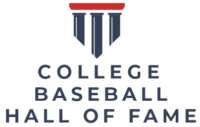
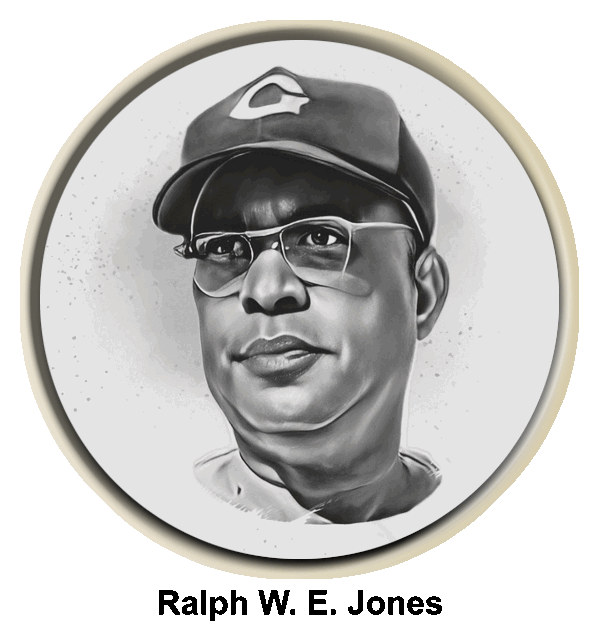






















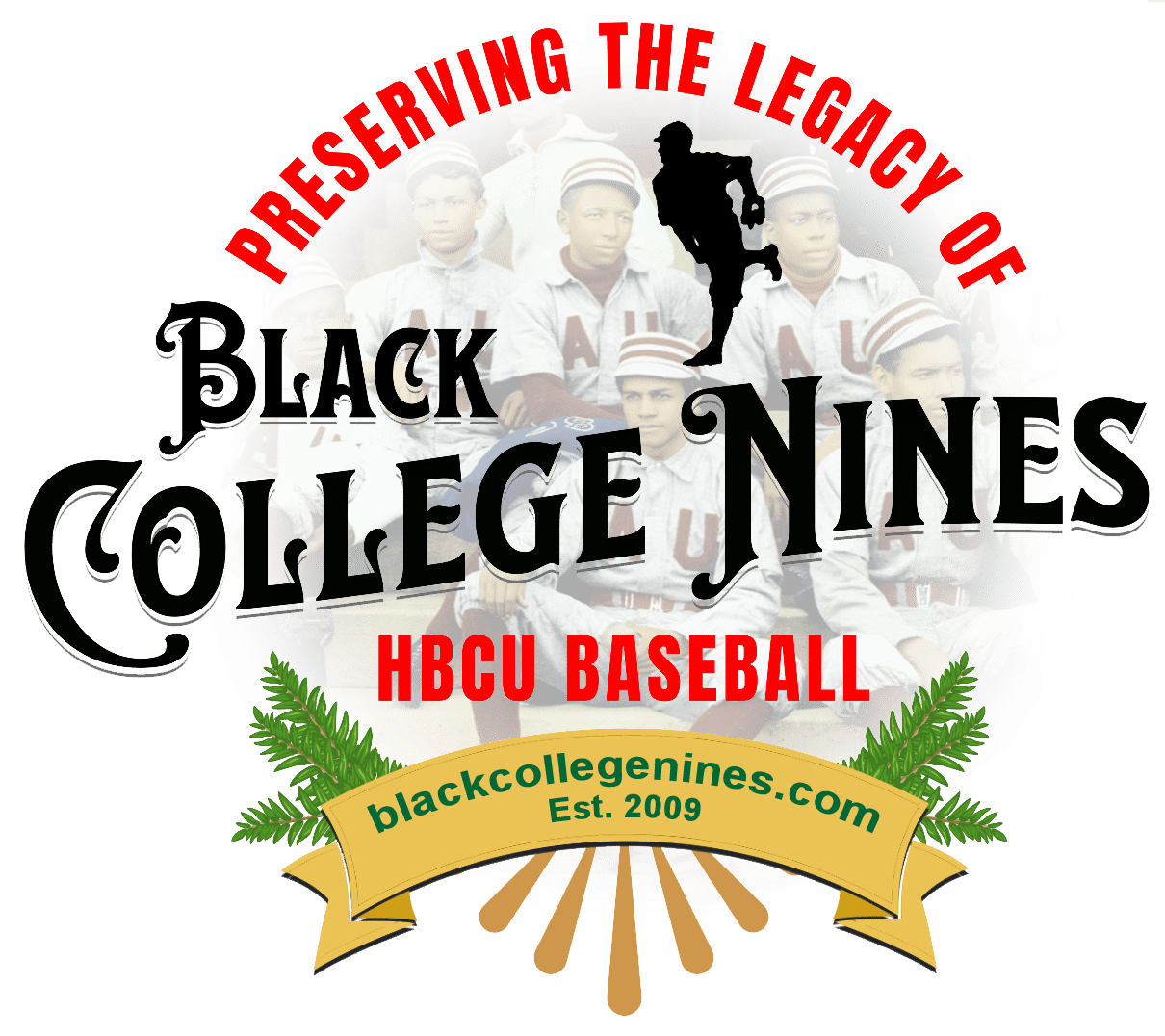







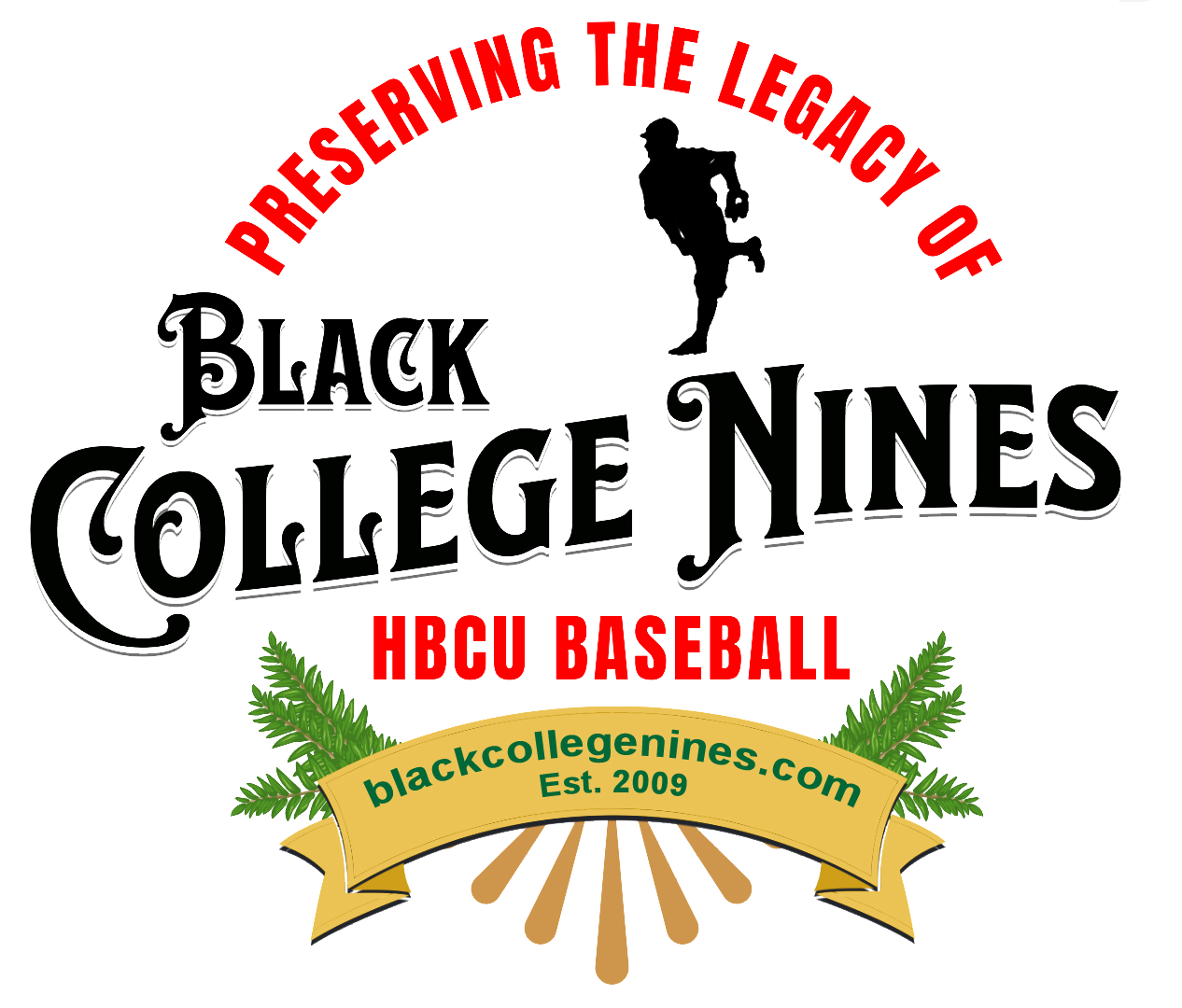
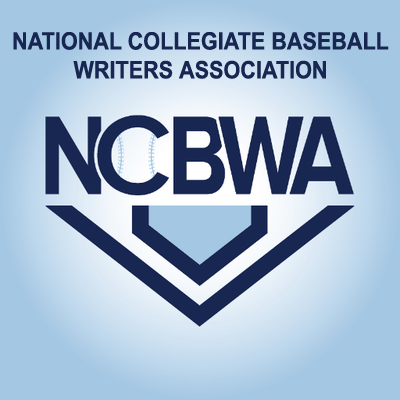
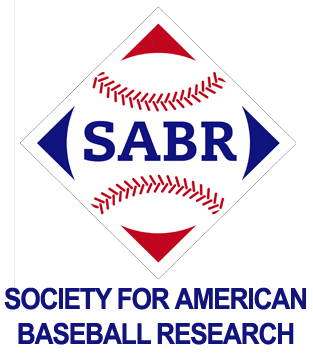
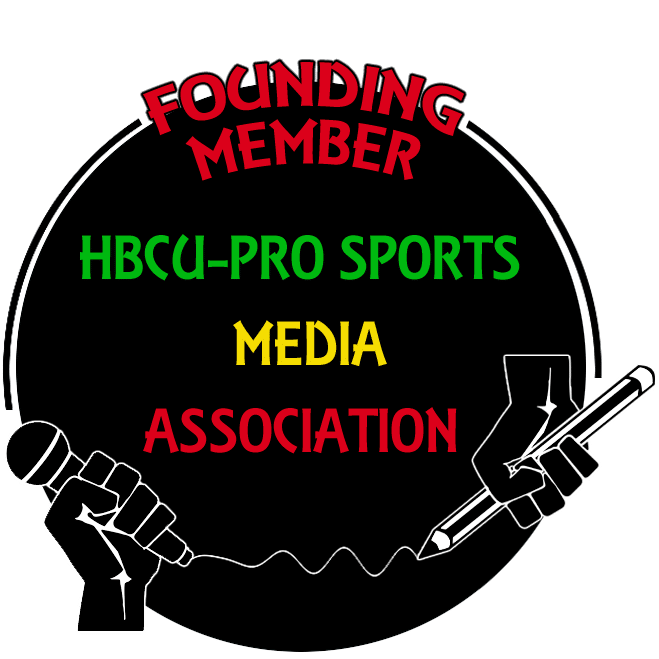

I was a good friend with George at the Chicago Bd of Trade. He was always regarded on the floor as a TRUE GENTELMAN. We have lost touch these many years, is there any current info you could share.
Quick followup…
Thanks to all of you for George’s email and telephone number. After many years I talked with my old friend and his wife, it was nice to reconnect. Jay Davis